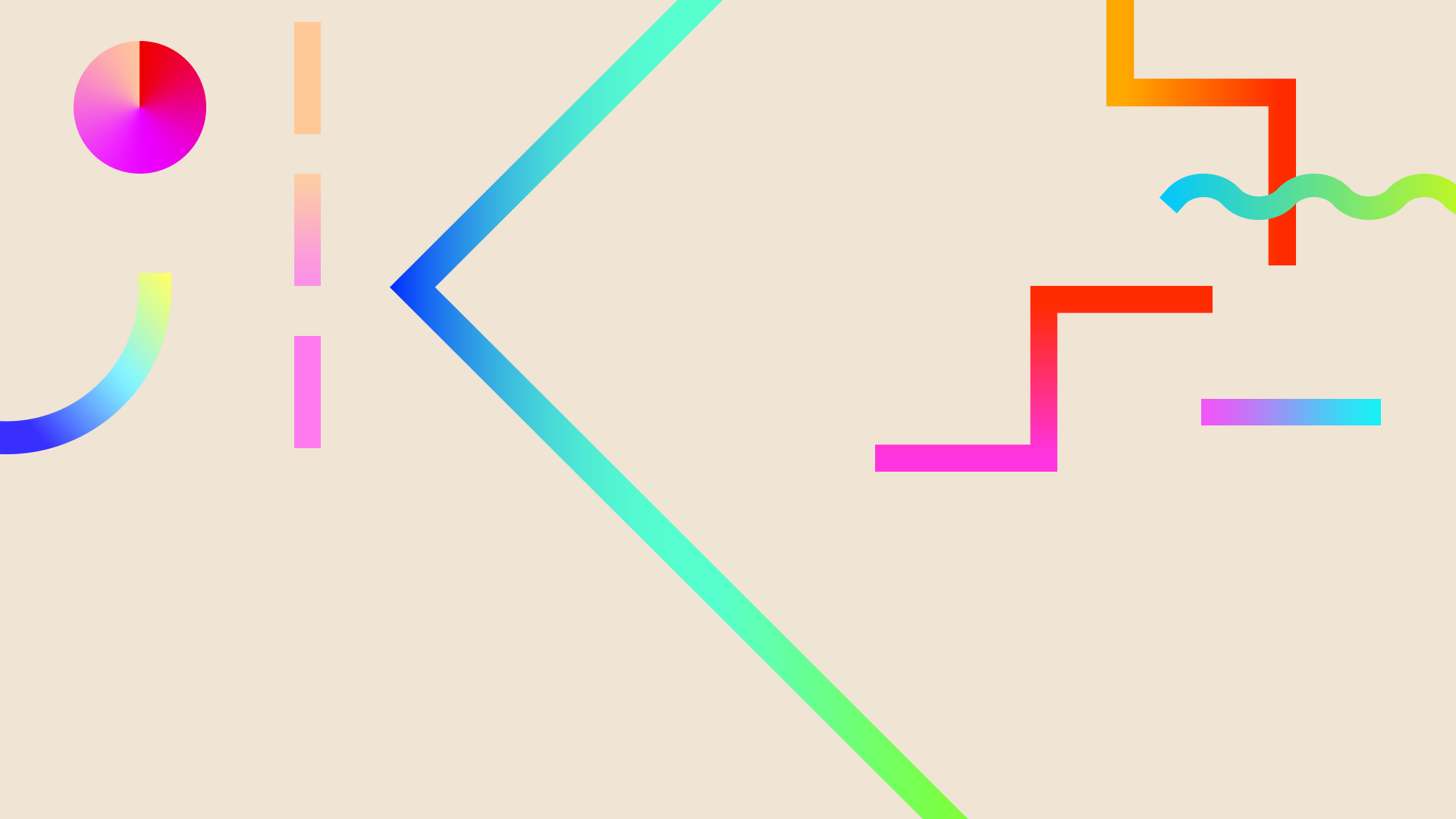




T.A.G. at Hamilton E. Holmes Elementary School

T.A.G. 2024-2025
I am excited for a new year with some old and new friends! We will be starting off the year with three great units!
Unit One
First Grade Students will explore themes and important facts in their "America the Beautiful" unit. In this unit, students will work to locate places and geographical features on a map, conduct research using a variety of resources, present to an audience using effective communication skills, compare and contrast topics, creatively answer open-ended questions and much more. At the end of this unit, students will understand that:
-
America consists of a variety of geographical features, which can be represented on a map.
-
Different areas of the country experience different types of weather and climate during the four seasons.
-
Americans celebrate national holidays in order to honor people or events from our country’s past.
-
Many symbols and songs hold special meanings for America.
-
American scientists have solved many problems for society over the years
-
The characters in American folktales portray positive character traits.
-
Animals and symbols can be found on American money, and this money can be used to purchase goods and services.
-
In America, everyone is expected to follow certain laws.






Second and Third Grade Students will engage with "Indigenous Peoples of North America." In this unit, students will discover a diverse, multifaceted, and educational experience, serving an honest and thoughtful conduit to Native cultures, past, present, and future, in all their richness, depth, and diversity. From the Artic Circle to Tierra Del Fuego students will learn through artifacts, objects, photographs, archives, and media. By the end of this unit, students will understand that:
-
Culture is a result of human socialization.
-
People acquire knowledge and values by interacting with other people through a common language, place, and community.
-
In the Americas, there is vast cultural diversity among more than 2,000 tribal groups.
-
Tribes have unique cultures and ways of life that span history from time immemorial to the present day.
Fourth and Fifth Grade Students will engage with "Brainiac." In this unit, students will learn that brain is the most complex part of the human body. It is the seat of intelligence, interpreter of the senses, initiator of body movement, and controller of behavior. The brain is the source of all qualities that define our humanity and is the crown jewel of the human body. After this students, students will be able to:
-
Refine a hypothesis based on incoming information.
-
Label a model of the brain and explain the function of each part.
-
Advocate for themselves based on their personal learning style.
-
Create an ideal lesson for their preferred learning style.
-
Use their sense of touch and hearing to solve a maze and a puzzle.
-
Challenge an existing theory based on newly available information.
-
Compare the brain to a variety of inanimate objects.
-
Visually represent their brain type and learning style.
-
Synthesize the actions, contributions, and quotes of historical figures to infer their brain type and/or learning style.
-
Create a metaphorical diagram that compares the functions and parts of a neuron to both a telephone and an everyday object of their choice.
-
Use their knowledge of their own learning style to maximize thoughtful contributions to group projects.
-
Trace the path an electrical charge follows when a neuron fires.
-
Choose appropriate research materials based on an over-arching question.
-
Reflect on the learning experience by answering backward-looking, inward-looking, outward-looking, and forward-looking questions.
-
Analyze their own reaction time and how reacting to a visual stimulus incorporates many areas of the brain.
-
Combine knowledge of the five senses with knowledge of animal senses and the SCAMPER method to create a super sense.
-
Complete a 2-point discrimination exam and conclude what places in our bodies are more sensitive to touch.
-
Create a first-person product to explain how life would be different with a super sense.
-
Analyze given artifacts and determine the most relevant problem.
-
Generate examples of facts and opinions and explain the differences between them.
-
Create a realistic model of the brain with a disorder.
-
Utilize a variety of strategies to help remember information. Choose a personalized strategy based on the identified learning style.
-
Design a device that can assist someone with a memory disorder.
-
Identify unanswered questions related to Artificial Intelligence and determine the most appropriate way to obtain the answers.